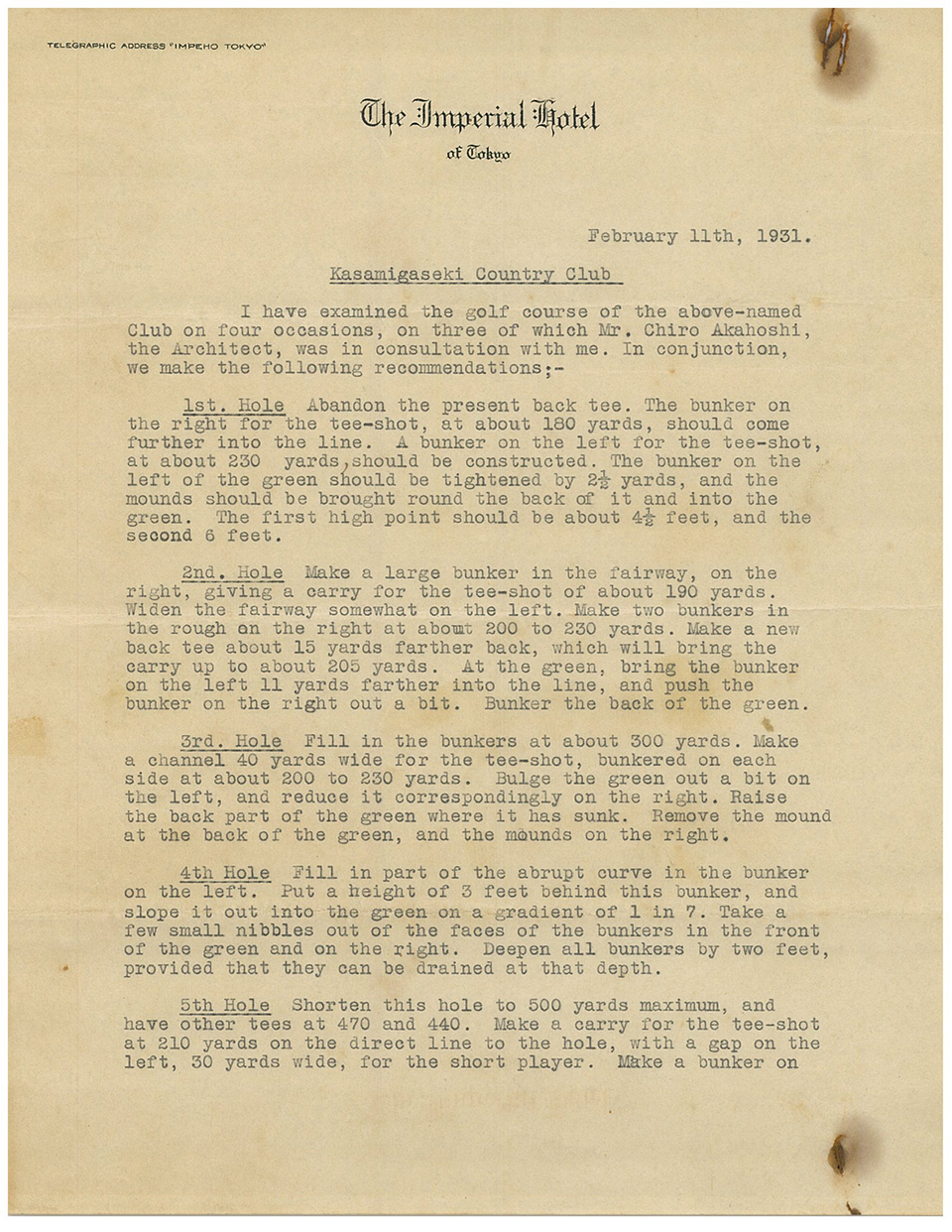C.H.Alison and Kasumigaseki
Born in 1883 C.H. Alison was a British golf architect. He is best known in Japan for his unique design of bunkers that have come to be called Alison bunkers. Alison stayed in Japan for four months beginning November of 1930. During his stay he worked on the following design and renovation projects.
- Design
- Tokyo Golf Club’s Asaka Course
- Kawana Hotel’s Fuji Course
- Hirono Golf Club
- Fujisawa Country Club
- Renovation
- Kasumigaseki Country Club’s East Course
- Ibaraki Country Club’s East Course
- Naruo Golf Club
Although Asaka and Fujisawa no longer exist, the others continue to be held in high regard in Japan and represent the country’s top rated golf courses. Soon after its completion Asaka was considered to be the best golf course in all of Asia. As such, when the military closed the course just eight years later, it was a huge loss for Japanese golf. Alison is also well known in Japan for his influence on Seiichi Inoue and Osamu Ueda, two of the country’s best golf architects. In fact Alison is considered to be the father of Japanese golf architecture.
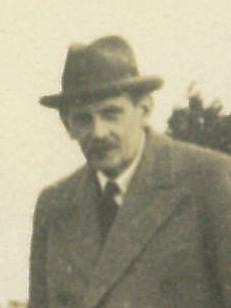 Alison during his stay in Japan
Alison during his stay in JapanAlison initially came to Japan in 1930 to design Tokyo Golf Club’s Asaka Course. He then came to Kasumigaseki which had just completed its East Course the previous year.
At Kasumigaseki, Alison carefully surveyed the course, and thought well of its natural setting. He, however, pointed out the need for better bunkers and greens, and proposed renovation of several holes.
At the time, as Kasumigaseki was planning to build the West Course, there were no funds to finance renovation of its East Course. But moved by Alison’s enthusiasm and his willing generosity to provide renovation plans at no charge, the Board decided to commission Alison for renovation of all 18 hoes of the East Course, and resolved to make payment.
Alison surveyed the course an additional three times, and wrote to Kasumigaseki his proposal letter. It was on the letterhead of The Imperial Hotel where he was staying. The original letter is kept in the archives of Kasumigaseki.
Based on his proposal, Alison’s assistant George Penglace commenced renovation work, and it was completed in 1933. Seiichi Inoue served as site assistant to Penglace during the renovation, and learned Alison’s approach to golf course design.
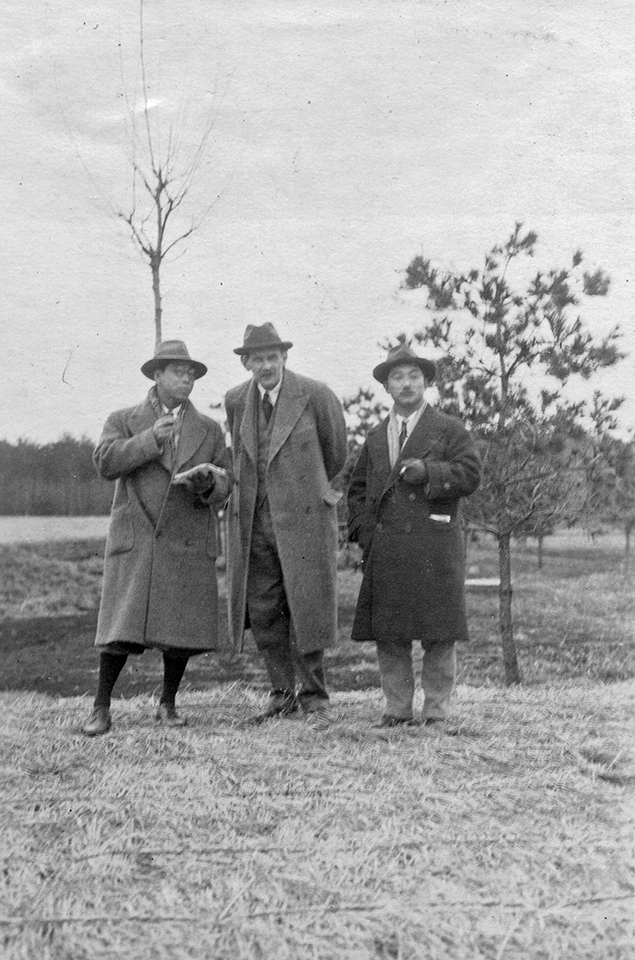 Alison suveying Kasumigaseki
Alison suveying Kasumigaseki(from left:Rokuro Akaboshi, Alison, Kinya Fujita)
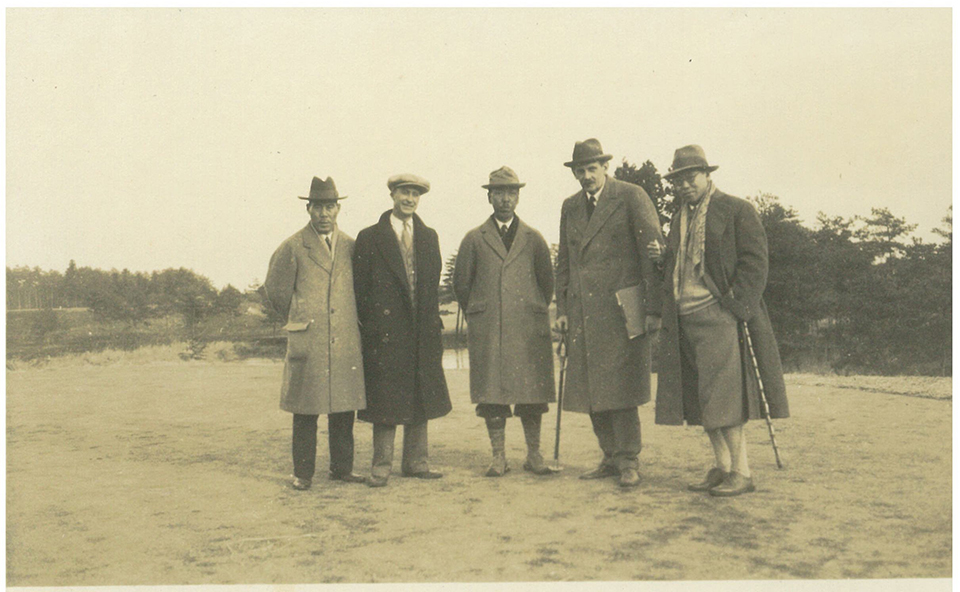 At Kasumigaseki with his assistance Penglace
At Kasumigaseki with his assistance Penglace(from left: Yonosuke Shimizu, George Penglace, Taro Hocchi, Alison, Shiro Akaboshi)
Through the renovation, Kasumigaseki came to be considered among Japan’s most strategically challenging courses, and suitable for championship play.
Immediately following completion of the renovation, Japan Open Championship was held in 1933. Since then, many top level competitions such as the 1957 Canada Cup and Japan Open Championship in 1995 have been held at the East Course.
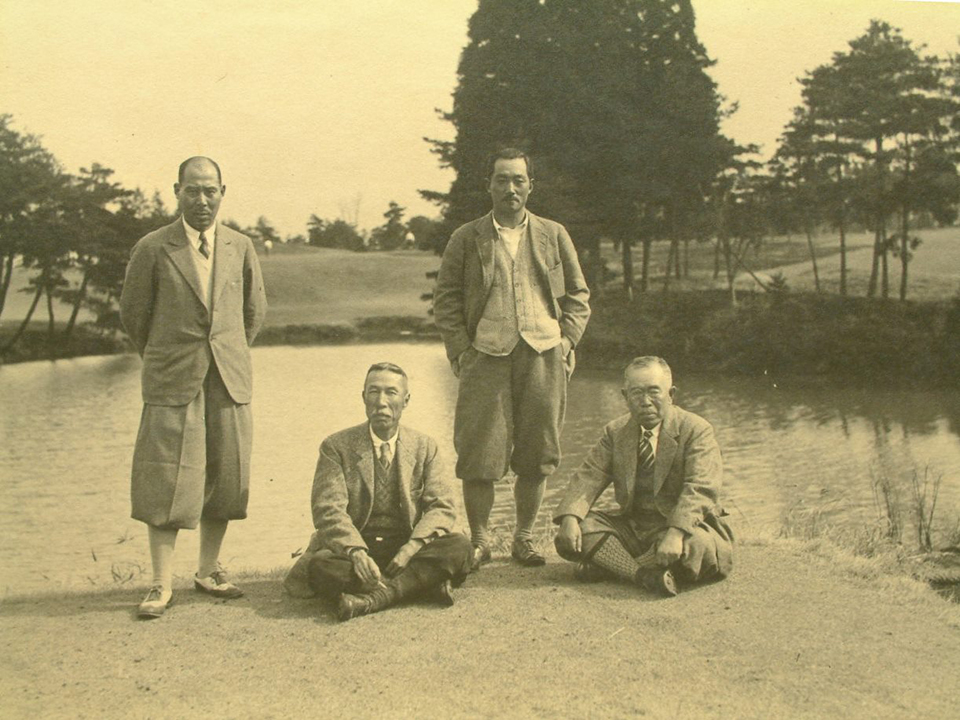
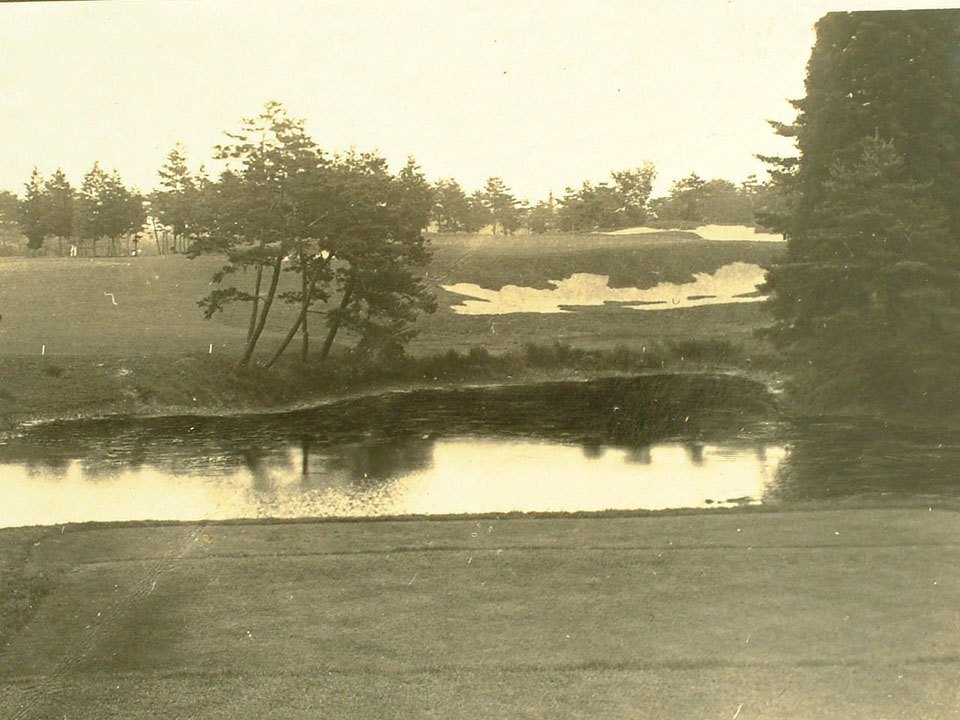
Renovation of East No.10 (left: before, right: after)

